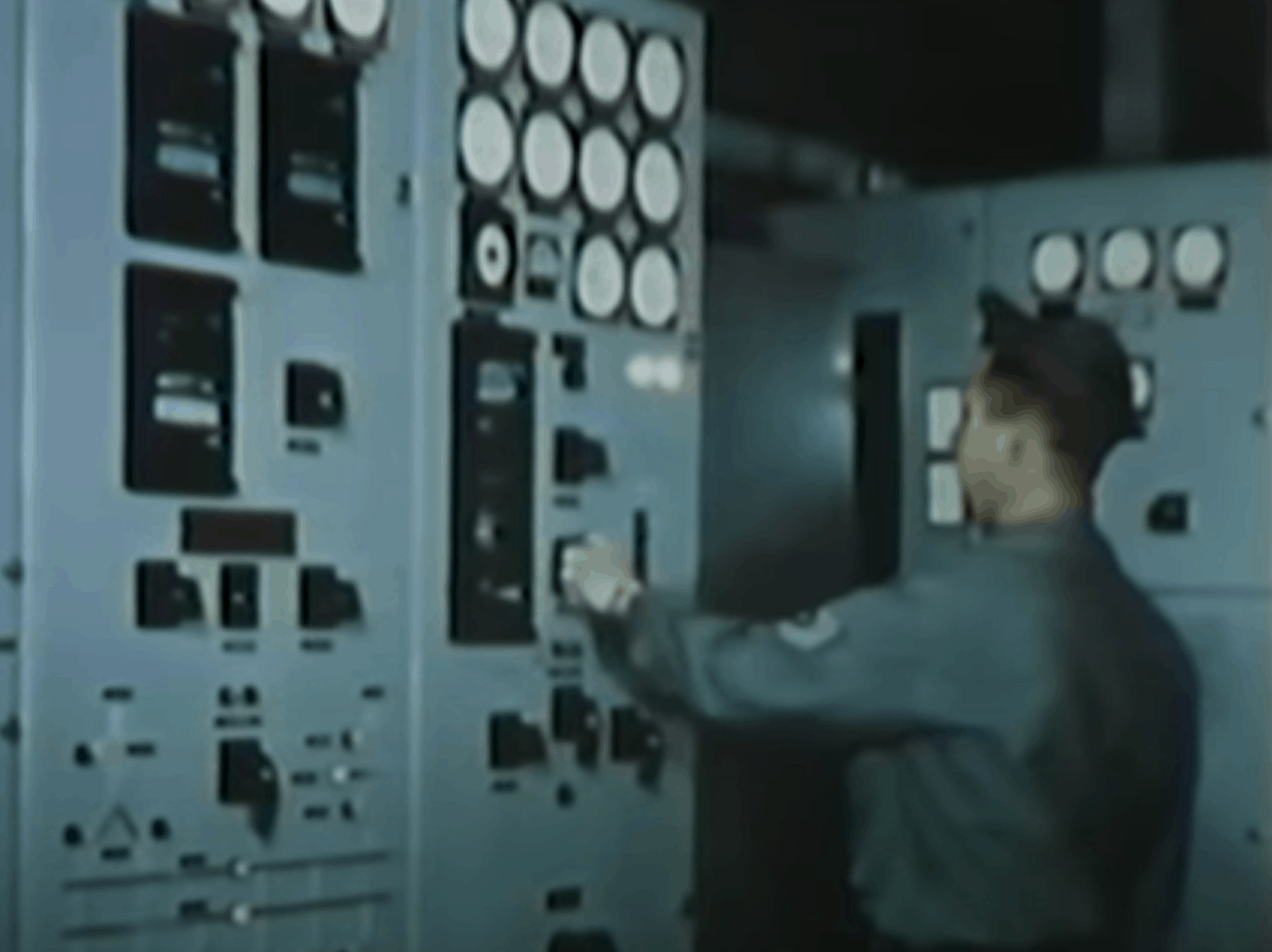The SL-1 Nuclear Accident – January 3, 1961

Remembering and Exploring the Root Causes of the SL-1 Accident
Sixty-three years ago, the SL-1 accident destroyed the Army’s only nuclear reactor.
The workers were involved in a seemingly routine procedure. But what happened next was anything but routine. And on that night, January 3, 1961, “routine” actions led to the worst nuclear accident up to that date. An accident that destroyed the reactor and killed the three operators on duty.
The videos above indicate that the reason for lifting the control rod “too far” (20 inches) was a mystery. But THIS REPORT takes DOE management to task for poor leadership, design, and maintenance of the reactor and covering up the true causes of the accident to level blame at the dead operators and maintain confidence in the nuclear industry. The report highlights these causes of the accident and the coverup of the real root causes:
- Poor design of the reactor provided significant vulnerability to over-withdrawal of the center control rod during power operation and shutdown maintenance due to its excessive reactivity worth.
- Radiation-induced damage to reactor materials was causing swelling and deformation in core materials at an increasing rate during the last month of operation.
- The SL-1’s history of frequent control rod sticking was downplayed and ruled out as a cause of the accident long before the damaged core was closely examined. Possible reasons for reduced clearances or caught edges at the height the rod was at when the over-lifting occurred were not explored. Numerous weld and material discontinuities exist in the area of the rod and shroud interface where the rod was being lifted up into the shroud, which could have hindered the free movement of the rod.
- The extra effort required to jerk free the 84-lb stuck rod could easily have resulted in the roughly 16 inches of over-travel to achieve the 20-inch withdrawal from normal scram position — and in less than a third of a second.
The report also mentions that the rigorous design and operating standards that Admiral Rickover insisted upon in the Nuclear Navy were not applied in the DOE/Army-run program.
It would be interesting to do a real root cause analysis of the accident with the additional information provided in the report above and modern advanced root cause analysis techniques.
Learn More About Advanced Root Cause Analysis
TapRooT® Root Cause Analysis System is a proven method to investigate major accidents and minor incidents. Major companies around the world have used it successfully for decades with many success stories.
The best way to learn more about TapRooT® Root Cause Analysis is to attend a COURSE.
See the upcoming Public TapRooT® Training at THIS LINK.
Schedule a TapRooT® Root Cause Analysis Course at your site by CLICKING HERE to contact one of our implementation advisors. Or call them at 865-539-2139.

They will be happy to discuss the training and provide a quote for training at your site.



